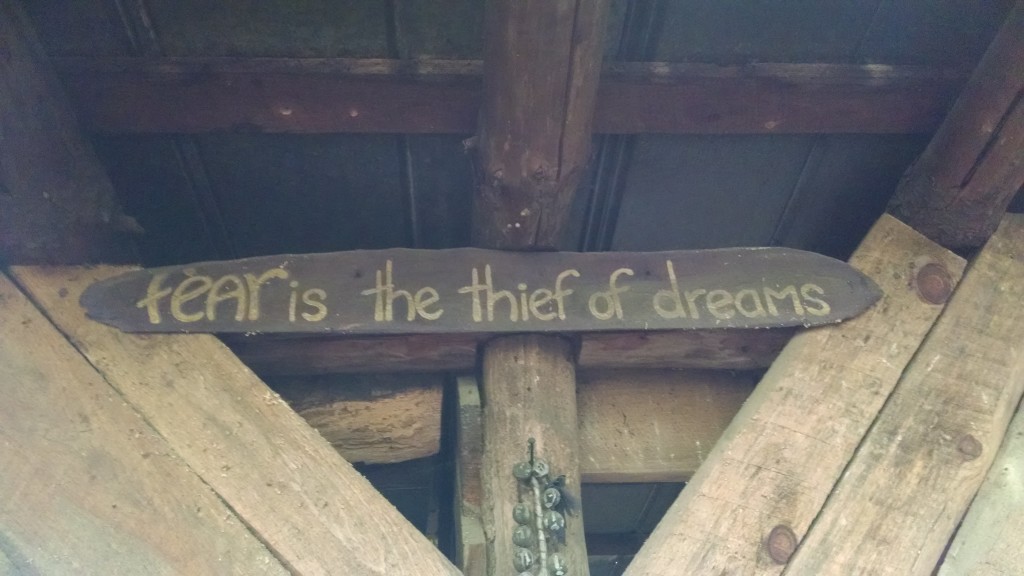
The turn of the month at the end of July was quite a busy one for Marc and I, bringing with it a visit to Turtle Island, Appalachian State University farm, and the Green Scene.
Turtle Island is the result of Eustace Conway’s vision of an ecological and historical preserve. Since purchasing the original 30 acres, Eustace has expanded Turtle Island to encompass over 1,800 acres. Turtle Island has recently been featured on the History Channel’s show “Mountain Men,” but Marc and I were more interested in the biodiversity found in the mountains and valleys of the preserve. Though Eustace knows the land like the back of his hand (perhaps better), it always helps to have extra eyes to observe with. Marc and I found a wide range of plants indicative of a diversity of ecotypes and began a plant list. It was pleasing to know such a place was in the good hands of Eustace and company, and this was the first of many visits to come!
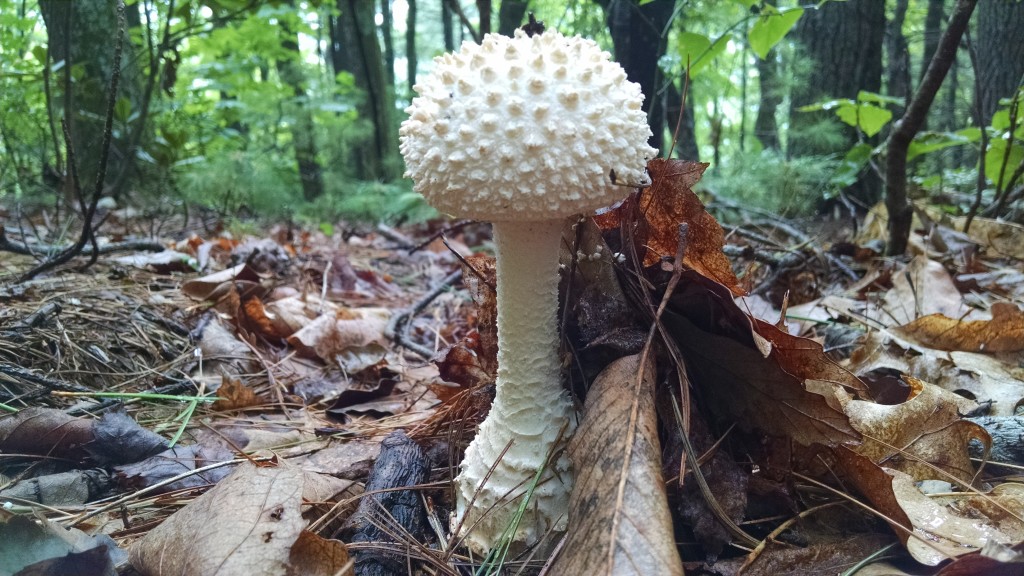
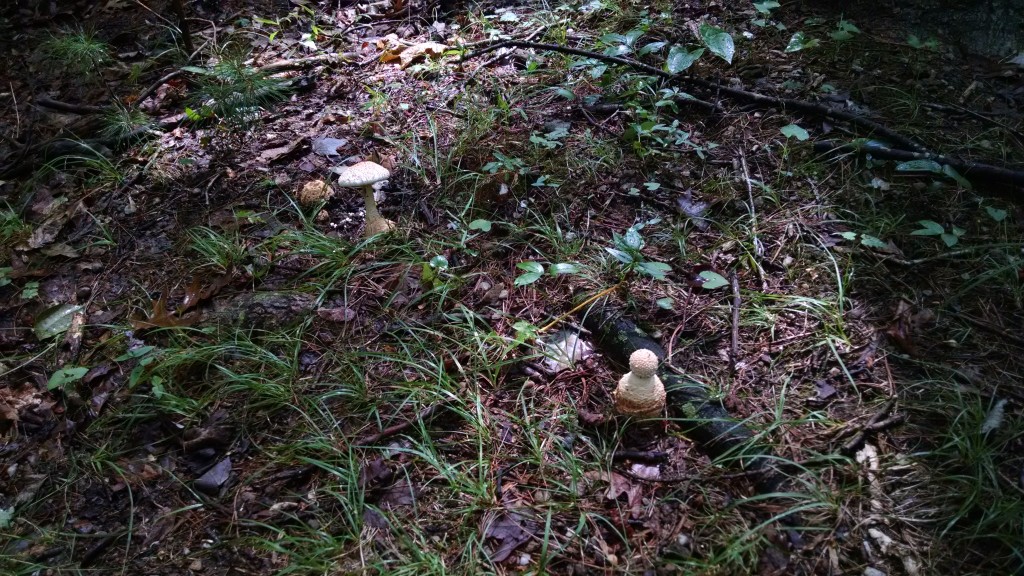
Before the Green Scene, Marc and I also visited the new Appalachian State University farm. We enjoyed a tour of the farm with the manager Marc’s friend Brooke Kornegay and two visiting professors. Each summer, students from App State have to opportunity to run the farm, and the farm is used for various research projects and classes. It is always good to see education in action outside of the classroom! At the end of our tour of the farm, Marc and I walked along a path in the woods to explore what plants and fungi were living amidst the trees. On the way out of the woods, we spotted a Berkeley’s Polypore (Bondarzewia berkeleyi) that at over a foot across hadn’t even reached full size! We made good use of the opportunity and it was served (in good portion) on Saturday of the Green Scene.
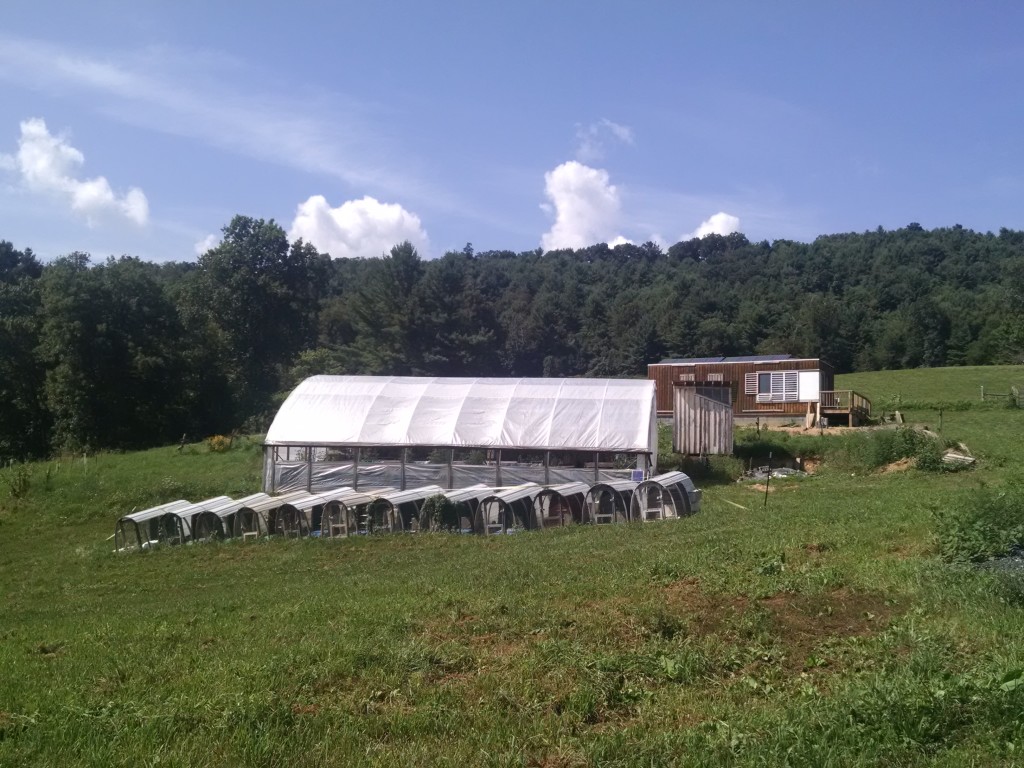
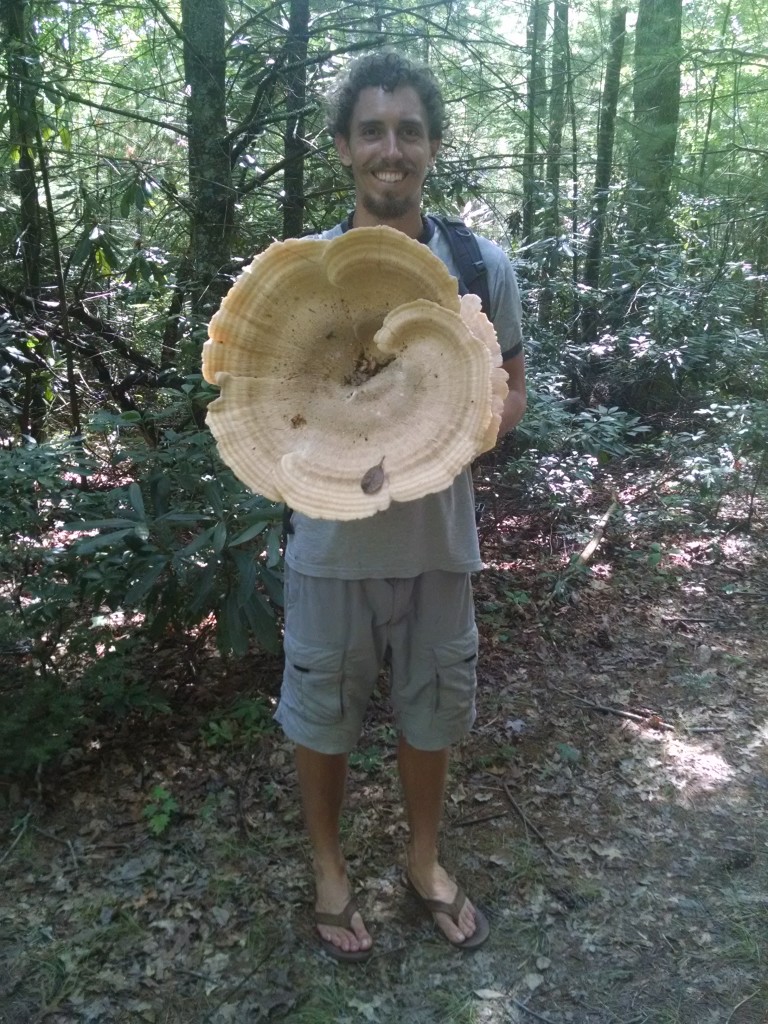
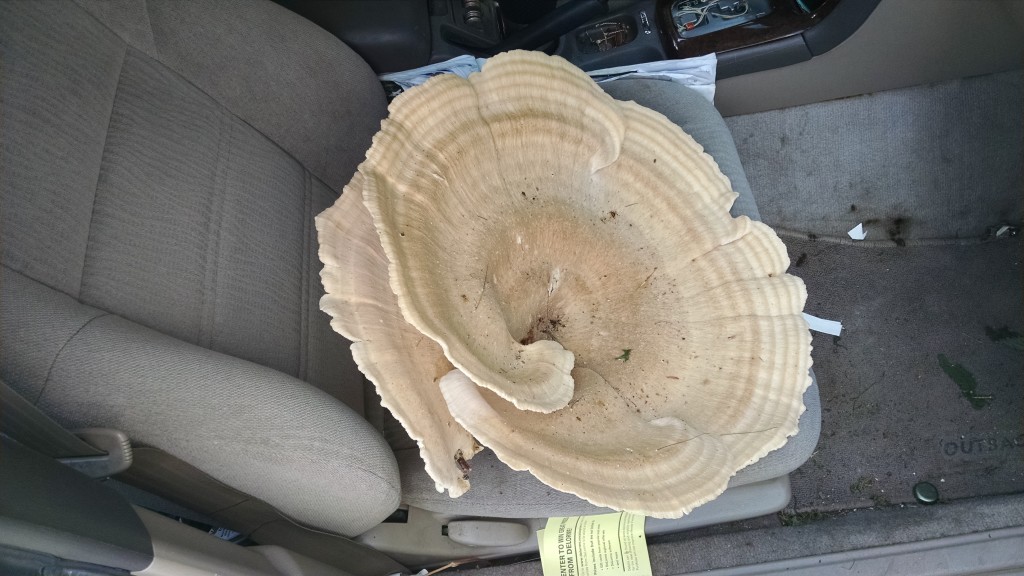
Come Friday, it was time for the Green Scene. The Green Scene is a gathering envisioned by Peaceful Valley resident Ken Crouse and Frank Cook. The first one occurred in 2009 just days before Frank passed away. Throughout the day, familiar and new faces drifted in from all over the eastern seaboard. Marc, Mycol Stevens, and I made a trip around the pond to key out a few new species for the plant list of the property. We found a few species of Melastomataceae to add to the list (and salad), i.e. Rhexia virginica.
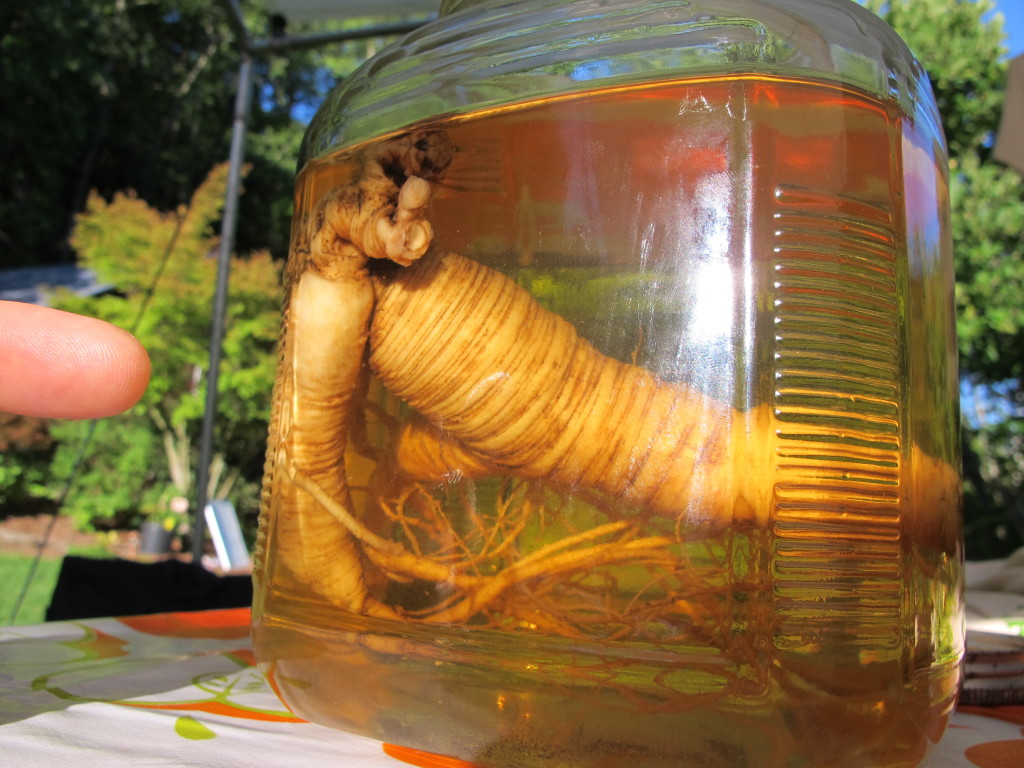
A delicious dinner spearheaded by Good Heart and contributed to by many others was served after an evening circle. Of course, an evening bonfire of music and catching up followed dinner.
Saturday was a wonderful mix of plant walks, mushroom forages, reconnecting with old friends, and skill sharing. Ken Crouse guided a tour of his collection of hundreds of perennial landscape and food plants he has accumulated over the years. Doug Elliott led a plant walk, sharing his whimsical mix of folklore and seemingly endless botanical knowledge. I shared some of my early findings in experimenting with sprouting and fermentation techniques in making gluten free bread from locally available grains and seeds. Alan Muskat, Ken Crouse, Mateo Ryall, and Mycol Stevens helped ID as many mushrooms as they could from a mushroom foray into the woods on the property. We were all ready for dinner by the time it rolled around.
Saturday’s dinner featured cooking from Hart Squire, the edible mushrooms from what we had gathered, the Berkeley’s Polypore Marc and I had stumbled upon, the breads cooked during my skill sharing, and (again) contributions from many different people.
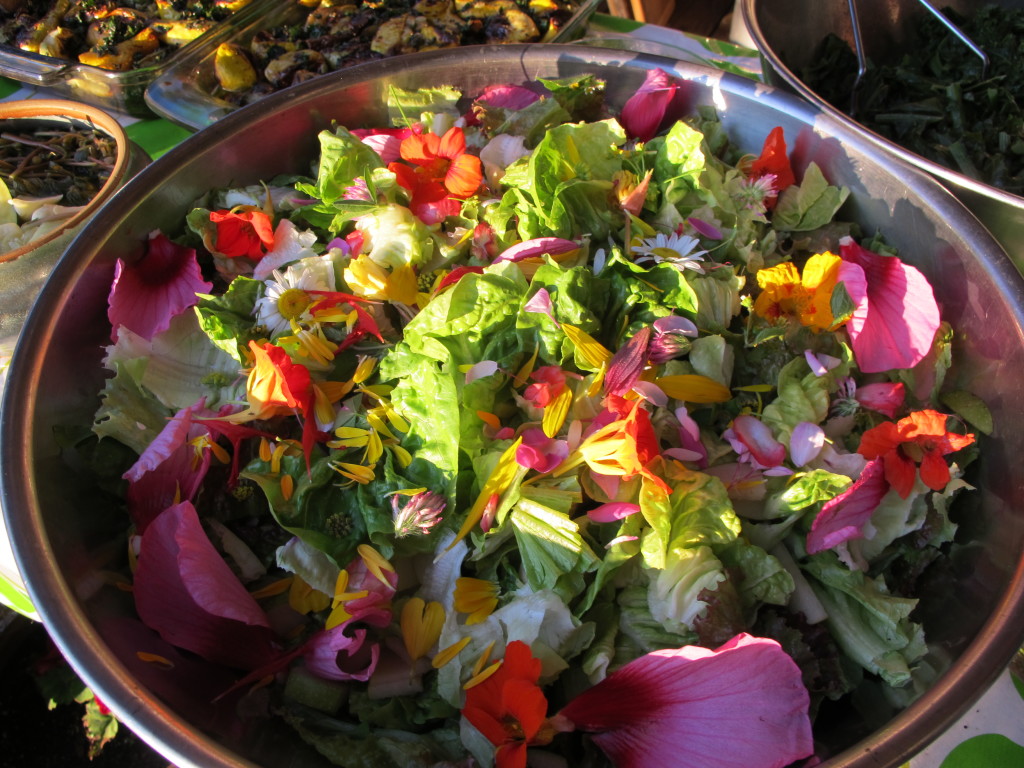
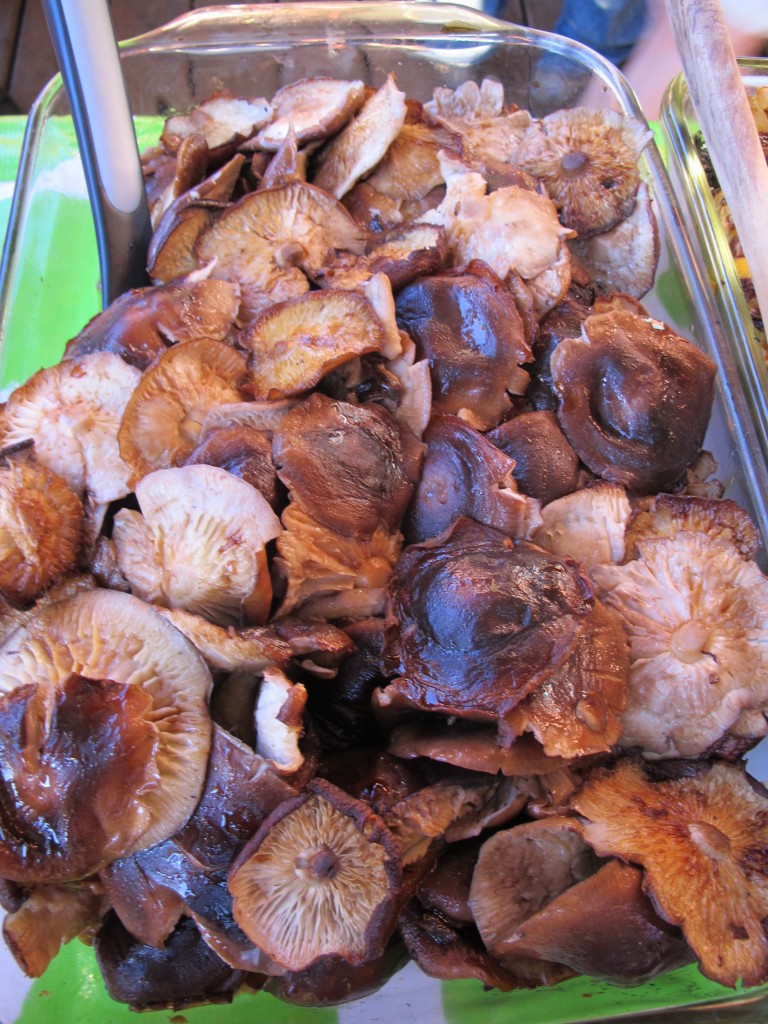
Merriment and bonfires ensued after dinner. Doug Elliot set the mood with an assortment from his vast array of stories and songs. This segued into music from the talented musicians inherent at these types of gatherings. Some informal mead circles were held at the edges of the bonfire circles.
Sunday brought the dispersal of most people in the group, but not before a bit more fun was had. Doug Elliot had a new story he wanted to test out with us, playing with delivery and word choice to gauge the perfect combination for future story telling. Marc had to leave very early to teach back in Asheville, and I had to leave shortly after Doug’s story for a visit back to old friends in the Northeast.
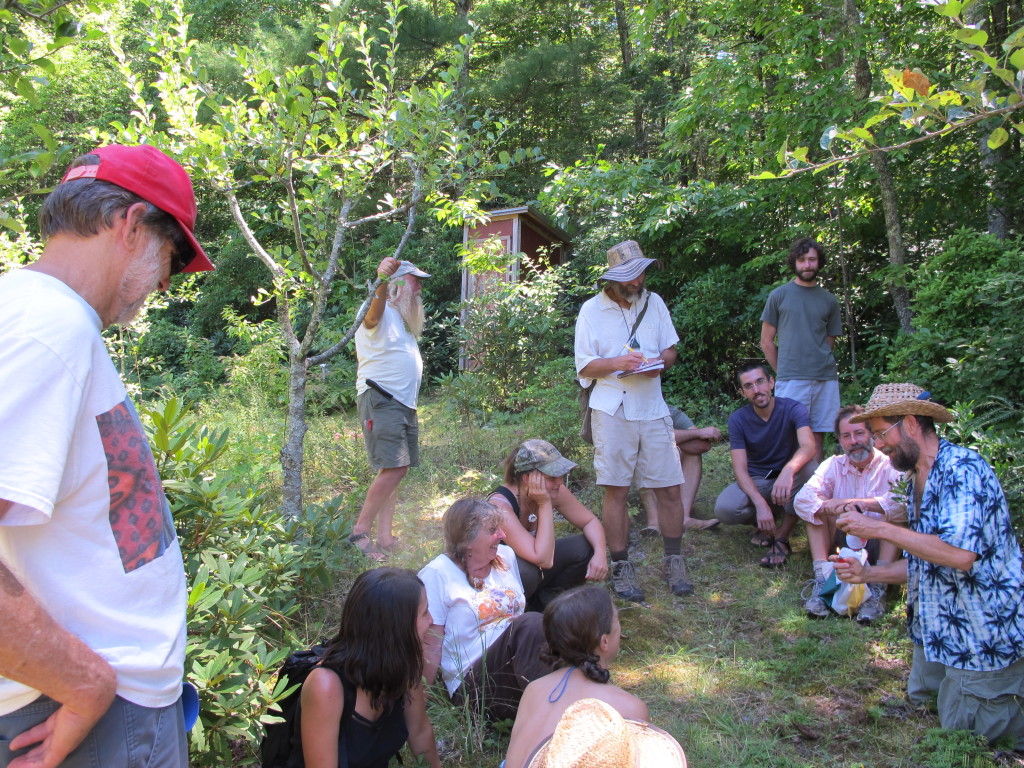
The Green Scene brought together an inspiring group of mycologists, botanists, herbalists, and nature-minded people. Gatherings like these are essential for solidifying friendships, sharing knowledge and skills, and affirming the work that all of the participants do on their own time. It is weekends like these that remind me of what it truly means to have a good time. Good friends, food, fire, music, and a healthy dose of plants, mushrooms, and nature are enough to make anyone yearn for more!
-By: Hayden Stebbins